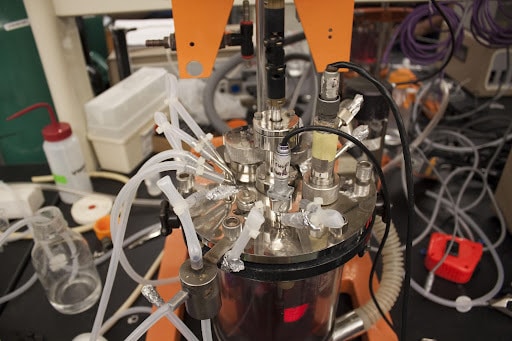A proportional pinch valve is a type of component that is used in machines to control the flow of liquid. This liquid passes through a soft tube that can be pinched or released by the valve. The increasing, decreasing, or stopping of a liquid’s flow depends on how much the valve is pinched or released.
These valves play a very important role in the medical industry, especially in medical fluid systems. We have discussed this topic in detail below. So, let’s read this blog to understand the importance of this valve!
Gentle control keeps patients safe
Medical fluids like IV medicines, nutrition, or blood must flow at the right speed. Too fast or too slow can hurt a patient. A pinch valve squeezes the tube from outside, so the fluid never touches metal parts. This lowers the chance of contamination. The valve also adjusts flow in small steps, so nurses and machines can give exact amounts every time.
How does it help different machines?
Hospitals use many devices that need steady fluid flow.
- Infusion pumps give medicines drop by drop.
- Dialysis machines clean blood.
- Respiratory devices add moisture to the air.
In each case, the proportional pinch valve acts like a careful helper that makes tiny changes so the machine works well. Because the valve works outside the tube, staff can swap tubes fast and keep things clean.
One of its top 3 benefits
- Precision: The valve lets medical staff set the flow just right.
- Cleanliness: The fluid stays inside a tube, away from moving parts.
- Fast maintenance: Staff can change the tube quickly without taking apart the machine.
Built-in safety layers
Medical systems use more than one safety step. The valve works with sensors and alarms. If the flow changes suddenly, the system sounds an alarm and can stop the flow. That helps protect the patient until a nurse checks the device.
Why external pinching is important
The plus point of this valve is that it pinches the tube from outside, which means the liquid inside never touches the valve itself. Due to this, the tube is used once and then thrown away. This way, you can get rid of the risks of spreading germs or mixing the liquids between different patients, which is also called cross-contamination.
Engineers pick materials that handle medicine without breaking the tube. This focus on the tube and outside action keeps the whole system simple and reliable.
Where do you see it in hospitals?
You will find these valves in infusion systems, dialysis machines, and some lab devices. The valves work quietly and do not add pressure spikes that can hurt cells or blood. For machines that need a very steady flow, this quiet and steady action is a big advantage.
Real-world example
Think of a baby who needs small amounts of medicine every hour. The valve lets the machine give tiny bits on time. Nurses can set the rate and trust the valve. That helps the baby get the right care without discomfort.
What medical staff appreciate
Medical staff like the valves that are easy to use and safe. So, these valves let doctors focus on the patient, not on fixing a machine. They also reduce downtime because tube swaps take a minute instead of many. Hospitals save time and lower the chance of mistakes.
Closing note!
A proportional pinch valve may look small, but it plays a big role in medical care. It gives steady, clean, and adjustable flow for many devices. By protecting the fluid and making flow easy to control, this valve helps keep patients safe and medical teams confident.



